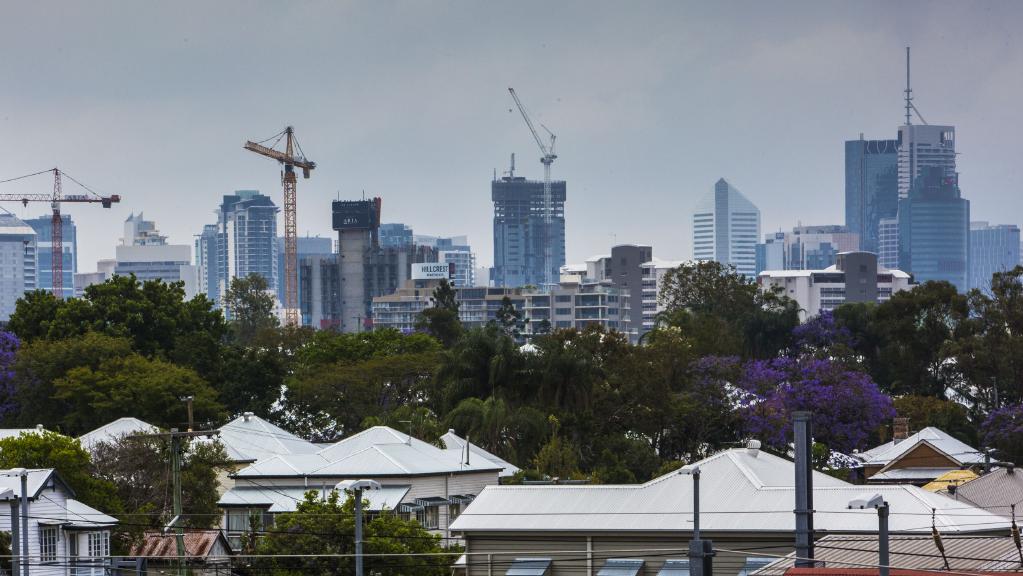AFTER doing a lot of the heavy lifting for the economy, the housing sector has officially begun to slow, according to construction and housing finance figures.
But there’s a way to go yet for the sector which came into its own during a tumultuous post-mining boom economic adjustment period, said Suncorp Bank economist Darryl Conroy.
“The housing sector has held up very well during the 2016, due in part to record low interest rates,” he said.
“The construction pipeline is likely to stretch well into next year. But, it is fair the say housing is slowing from an impressive peak.”
He said building approvals were an important barometer for the Australian economy, given construction was the third largest driver of economic output behind finance and mining.
“Here in Queensland, the construction industry is even more important and claims the top spot in terms of output and the Sunshine State’s third largest industry by employment.”
He said financial markets watch for any falls in building approvals such as the 6.4 per cent slid over the year to September.
“Admittedly, this indicator has become highly volatile due to the enormity in the number of high-rise apartments that generate large month to month swings.
“The building approvals seem to be in line with other indicators (housing finance dipped 3.0 per cent in August) to suggest the housing sector is slowing in Australia.”
But latest lending finance data, out Monday, may throw yet another spanner in the housing journey, with close to a $720 million jump in financing to owner occupiers and investors for housing to $32.729B.
There was a million dollar jump in seasonally adjusted owner occupier purchase of new dwellings, though construction of dwellings and purchase of established dwellings for owner occupation saw slight falls.
But when it came to investor purchases for rent or resale by individuals, investors jumped at the chance to put some money down while there were record low interest rates, with a $353M surge.in September over August.

